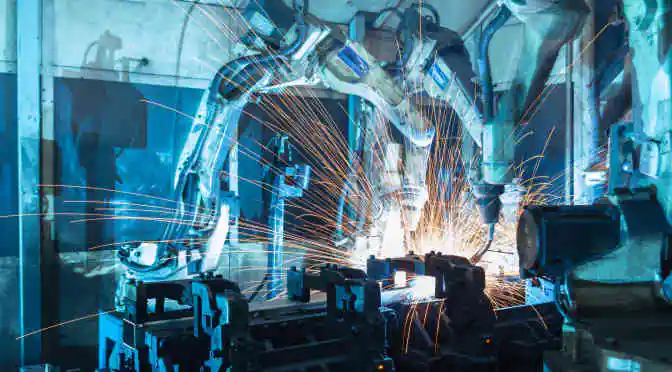Upon discovering that Technavio has published a report on the global urinals market, we did the obvious thing—we took to Google to find out what’s up in the world of urinals.
Turns out, quite a bit:
The Urinal Problem
Researchers from Carleton University and Wesleyan University have released a paper entitled The Urinal Problem which seeks to answer an enduring and pressing question:
“A man walks into a men’s room and observes n empty urinals. Which urinal should he pick so as to maximize his chances of maintaining privacy, i.e., minimize the chance that someone will occupy a urinal beside him?”
The example is just an easy way to explain a complicated probability algorithm—how close can you put things together if you want to leave a minimum amount of space between them?
Water crises concerns
Water crises are again one of the top 10 risks in the World Economic Forum’s Global Risks of 2016 report.
And it turns out that conventional urinals actually waste a lot of water. Toilets and urinals account for about one-third of total water consumption in a building, and inefficient and badly maintained can increase water waste.
But urinal manufacturers have cottoned on to this, and are now making waterless products. A waterless urinal is designed to save 20,000 to 45,000 gallons of water per year.
These waterless wonders are becoming popular exactly where you’d expect; in countries with existing water scarcity issues like Qatar, UAE, Bahrain, and Saudi Arabia.
Facility frescos
Donald Trump’s potty mouth recently made the US presidential hopeful the feature of some creative bathroom art in Winnipeg.
Controversial materials
The Çoban Mustafa Paşa Mosque in Turkey caused a major stir recently, when the mosque installed marble urinals. According to an article in the Hurriyet Daily News, the 505-year-old mosque is a registered historical artifact, and because the urinals did not fit the “historical tissue” of the complex, they have since been removed.
When all is said and done, the global urinals market sold 10.42 million units in 2015 and is expected to sell 14.25 million units by 2020, growing at a cumulative average growth rate of 6.45%. For the very curious among you, a full list of market drivers, challenges and trends can be found in Technavio’s report.



